Last night, I attended a la-di-da technology group banquet in a suit and everything. I was not nominated for any awards, but my beautiful wife is on the board of the organization. So off to the event I went. It included a lovely dinner and everything. I spent most of the mingling time sitting at our dinner table with my trusty binder, trying to hash out a poem that probably won’t work anyway.
The group’s tech events tends to have a number of sales people and solution providers from companies that will manage your networks or manage your phones provide tech support or development work, or offer education or coaching in any number of disciplines. One rarely finds actual developers and never finds any QA professionals.
But some of the local software developers group appeared. I recognized several of them as I’ve attended a number of the group’s meetings this autumn. Turns out that several of them were up for the young buck awards. So I meandered over and struck up a conversation with a couple of them. The topic of self-assessment of expertise came up, and I said I couldn’t rate myself as a seven of ten in any programming language even though I’ve used several. “And I’m certainly not Seven of Nine,” I said.
You know, Seven of Nine.
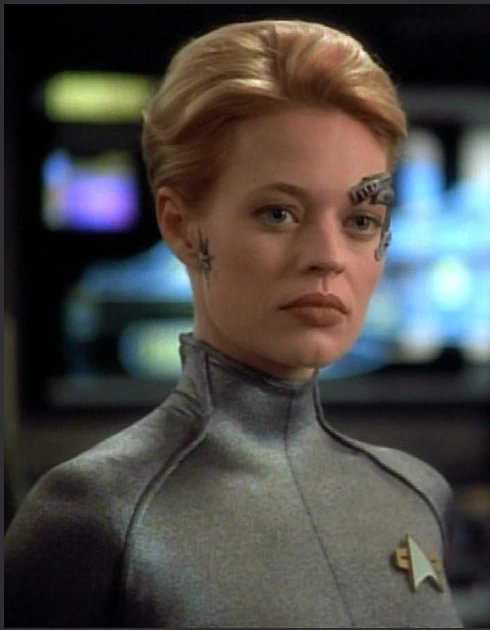
“You know, Seven of Nine. The Borg from Star Trek,” I explained to my wife, leaving off how the actress’s divorce led to President Barack Obama. Then I looked at the two developers we were talking to, and one said, “Star Trek? I might have seen it once.”
And I was all like:

It suddenly occurred to me that I was almost twice the age of these developers, and although my heart lies more with them and their work than with tech executives, I was an old man to them.
Culturally, I am older than an old man. My tastes tend to run to books, movies, television, and even music from decades past, often before I was born. Whereas the geek culture of today tends to focus on the present. When I mentioned to the developers I work with that I have a kitten named Meow’Dib (well, formally Maud’Dib), they knew what who that was. Not from the book. Not from the 1984 David Lynch film.
Their geek culture comes from recent streaming series and video games. Not even movies so much any more. Maybe it’s good to have endless reboots even if they’re photocopies of photocopies. It’s the only thing keeping any threads of shared culture together.
The M.C. of the awards portion of the program also made a Star Trek reference because he is older than I am and also didn’t know the audience as well as he thought. At one point, he mentioned “the intrepid Captain Picard,” and I leaned toward my wife and said, “Picard did not captain the Intrepid” as I recognized it was the name of a Star Trek ship. I thought maybe it was the ship that Chekov was on in Star Trek II: The Wrath of Khan, but when I researched immediately after the program ended, I found that the U.S.S. Intrepid was in the original series’ “The Immunity Syndrome” and was crewed entirely by Vulcans. As I last read the Blish rendition of this episode in 2005 and last year when I walked through some of my duplicates in the series, I am surprised I remembered it (and then I remembered the ship Chekov was on was the U.S.S. Reliant).
So I thought I would ambush the M.C. to give him the true flavor of a tech meeting: Someone handing him an ackshually over esoterica in expired pop culture.
I mentioned this to my wife and one of her acquaintances (and my LinkedIn connections, which is lower than acquaintance) about how amusing my plan was, but that I would not carry it out. And all of a sudden I was all like:
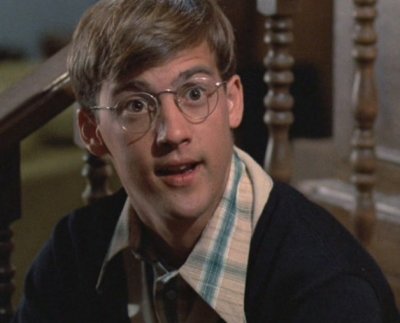
I am awkward and off putting even at tech events.
One of the members, an Air Force veteran, stepped up to the podium to recognize veterans, and he asked the veterans in the crowd to stand up.
Five people of 249 did. My wife was a little shocked that the group included so few. Tomorrow, at church, half of the men in the congregation will stand when called upon.
I twirled my finger to indicate the crowd and said, “They went to college.” And did so in the years after mandatory service and after the peace dividend of the end of history which has left us probably ill-prepared for what might come.
So, yeah, these are not my people natively, but I can eventually make small talk with them. Or maybe just the older people among them.



 I picked this DVD up at a church garage sale
I picked this DVD up at a church garage sale 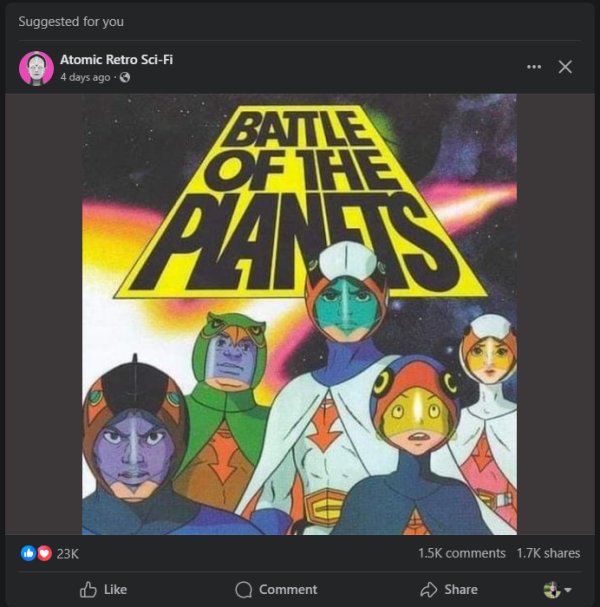
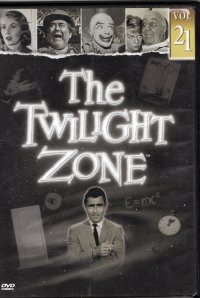 Well, the joke is indeed on me, as I said when I reviewed
Well, the joke is indeed on me, as I said when I reviewed  When I mentioned that I was watching this film to my beautiful wife, she associated the title with the
When I mentioned that I was watching this film to my beautiful wife, she associated the title with the 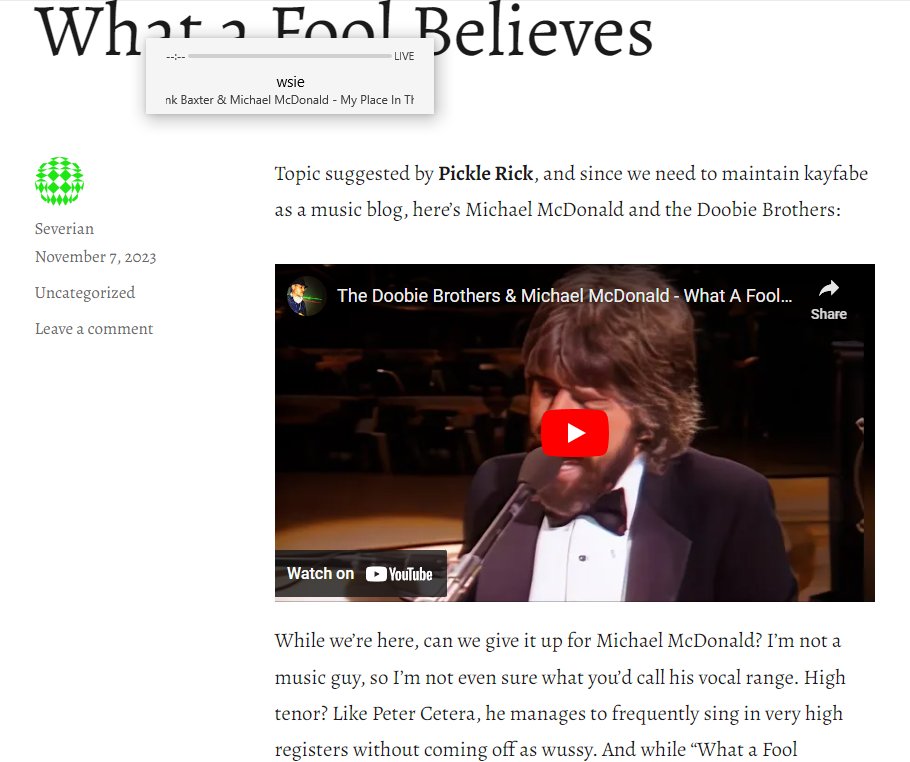
 I read Bob Gibson’s
I read Bob Gibson’s 
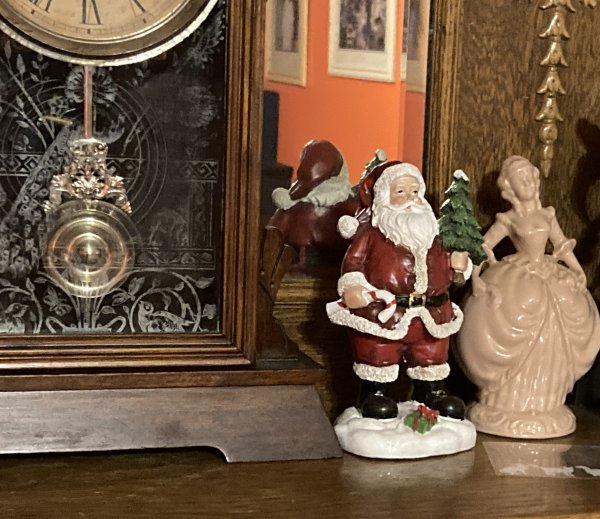
 This is the second volume of this collection that I’ve watched this month (the first was
This is the second volume of this collection that I’ve watched this month (the first was  I picked this book up off of the free book cart at church. Although I check the cart every week, or at least when my beautiful wife needs to be at church early because she’s singing, playing trumpet, or ringing bells (which might only be five out of every six weeks), I do generally wait a week or two before grabbing a free book because I do have other things to read here.
I picked this book up off of the free book cart at church. Although I check the cart every week, or at least when my beautiful wife needs to be at church early because she’s singing, playing trumpet, or ringing bells (which might only be five out of every six weeks), I do generally wait a week or two before grabbing a free book because I do have other things to read here.